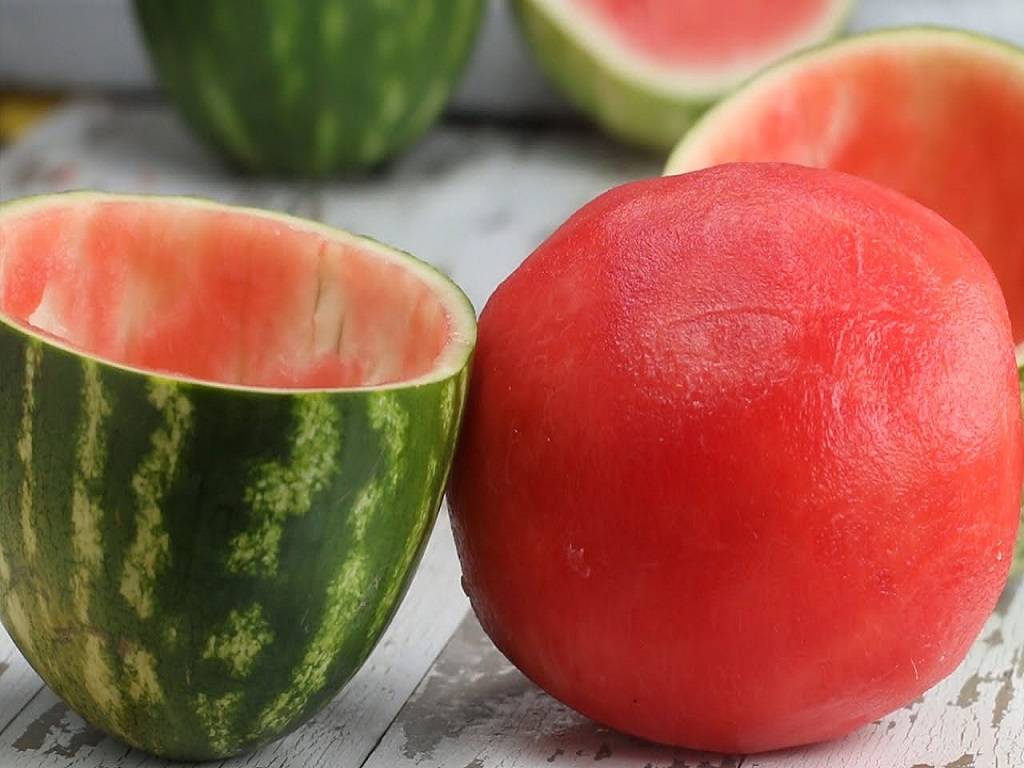
Slugs can harm a range of plants at any time of year, but new shoots on herbaceous species in the spring are especially vulnerable. As a result, if you need a rapid solution during the peak of the season, then using melon to prevent slugs may be the answer.
According to the Greenhouse People's specialists, slugs consume everything from stems and leaves to bulbs and flowers, causing a slew of difficulties in the garden.
To Make an Empty Shell, Remove the Fruit
As per The Greenhouse experts, the first step is to cut the melon in halves before examining the primary fruit. You'll end up with melon rind, but you can eat the fruit in the meantime. You should have something that looks like a bowl at the completion of this phase. Make as many as you think you'll need to keep bugs out of the issue region.
Place the Empty Lemon Bowls Around Your Garden
A newspaper article suggests placing your melon bowls around the edge of garden beds before digging some more into the soil for slugs to fall into it. Slugs will be drawn to the sugary melon and will gorge themselves on the fruit shell. The pests will likely eat so much that they will be unable to climb out of the empty bowl.
Retrieve Your Traps
The Greenhouse gardening experts recommend keeping your traps up overnight until reviewing the results the next morning.
If the trap worked, you can get rid of both the rinds and the slugs at the same time. If you don't like melons, you can use some other fruits that are just as effective in keeping your kitchen garden against pests. Melon, cantaloupe, oranges, and other citrus fruits make excellent slug traps.
















